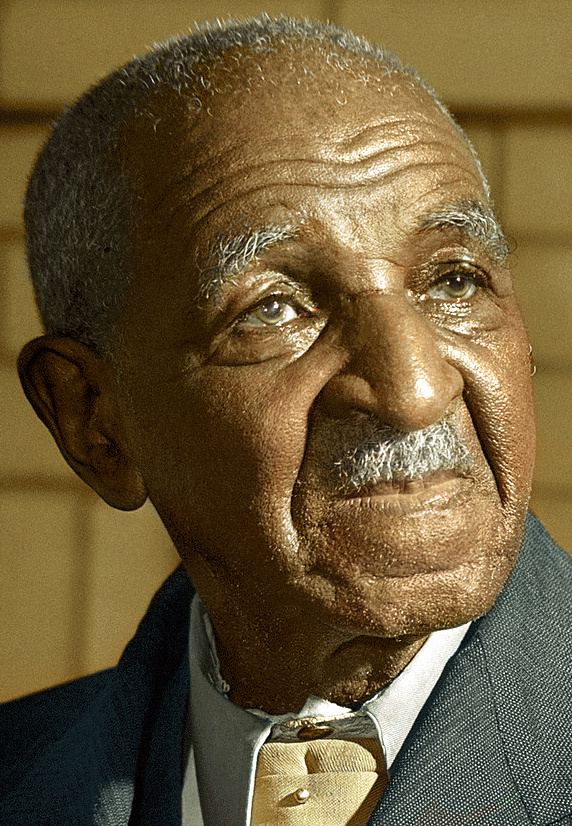The Pittsburgh Press (January 6, 1943)
Famed Negro scientist dies; born a slave
Chemical discoveries gave millions to South

Dr. Carver
Tuskegee, Alabama (UP) –
Dr. George Washington Carver, 79, who was born a slave and became one of the greatest of American scientists, died last night.
He had been in failing health for several years, and last month suffered a fall from which he never recovered. He died in his home on the campus of Tuskegee Institute, where he had taught since 1896.
His chemical discoveries, especially of products that can be made from sweet potatoes and peanuts, increased the income of the South many millions of dollars.
He was appointed collaborator in the Bureau of Plant Industry of the U.S. Department of Agriculture in August 1935. He became a member of the Royal Society of Arts, London, in 1917. He was an excellent painter, and the Luxembourg Galleries of Paris wanted one of his paintings, but he declined the honor.
Although he received offers that would have made him a millionaire, he refused to leave Tuskegee, until last year when he did some research in Henry Ford’s Detroit laboratories. His formulas would have made him wealthy, but he gave them freely to the world.
Dr. Carver was never married and left no relatives. In 1940, he gave $33,000 – what was left of his life savings after a bank failure – to create a foundation to perpetuate research in creative chemistry.
He was born of slave parents on the plantation of Moses Carver near Diamond Grove, Missouri, in 1864. Night riders kidnapped him and his mother while he was still a baby. His master ransomed him for a $300 horse, but his mother had already been sold by her abductors and he never saw her again.